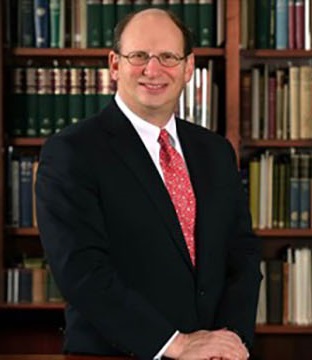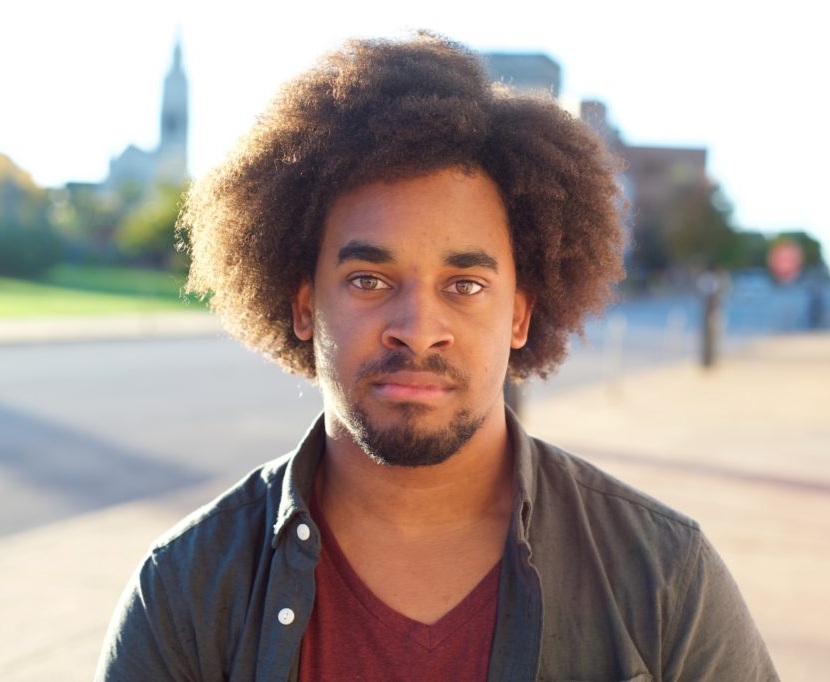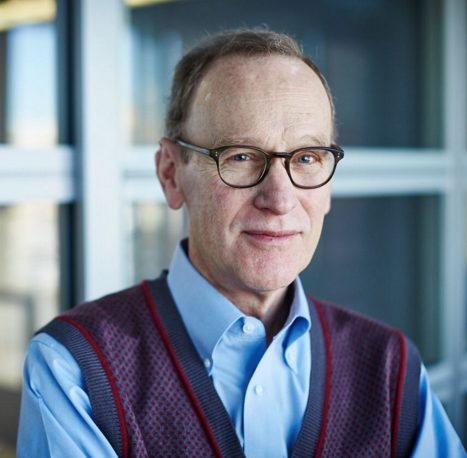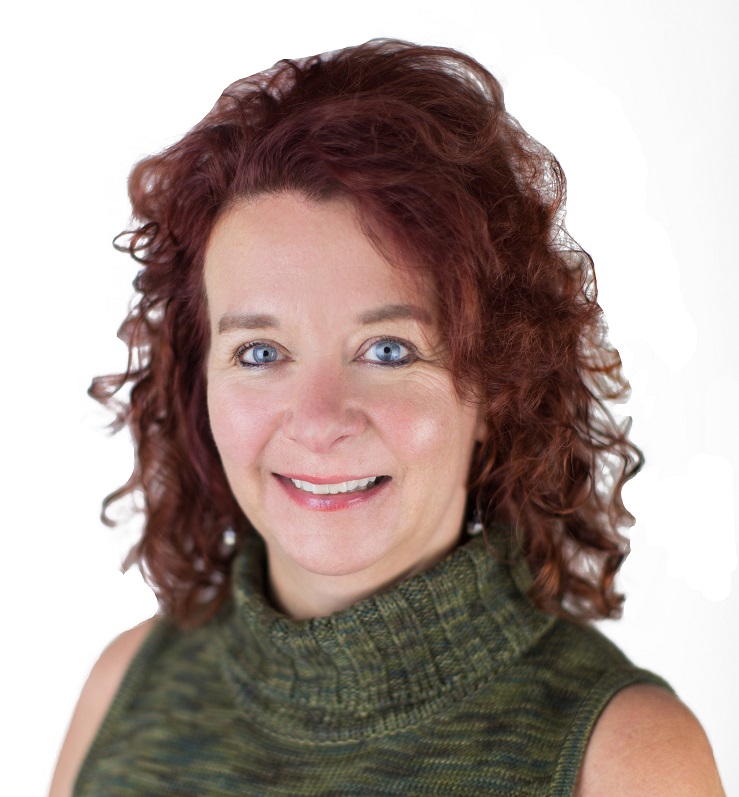Kristin Ginger, Communications Manager, Housing Action Illinois
Bob Palmer, Policy Director, Housing Action Illinois
This column was originally published on the Metropolitan Planning Council’s website.
Kristin Ginger
Black Illinoisans are eight times more likely to experience homelessness than White Illinoisans.
This startling statistic comes from a recently published policy brief by Housing Action Illinois, Black and White Disparities in Homelessness, which analyzes newly available federal data released by the U.S. Department of Housing and Urban Development (HUD).
Bob Palmer
Although we knew before examining the data that Black people experience homelessness more than White people, it was important to us to find out the severity of the disparity and its geographic scope in order to develop policy responses. We discovered that even among those living in poverty, Black Illinoisans are disproportionately more likely to experience homelessness than White Illinoisans. Black Illinoisans make up 14% of our state population, but 30% of residents experiencing poverty and 59% of residents experiencing homelessness.
The Black-White racial disparity is evident throughout Illinois—in urban, suburban, and rural communities, as well as in communities where few Black people live or where many Black people live. By calculating racial equity severity scores for each region of Illinois, our policy brief contextualizes the HUD data on a state level. Chicago has by far the highest severity of Black-White racial inequity, as it has a high overall rate of homelessness compared to other areas of the state, and those people experiencing homelessness are disproportionately Black. There are other areas with greater rates of racial inequity in homelessness than Chicago, such as northwestern Illinois, but with relatively low rates of homelessness.
While considering data on homelessness, it is important to acknowledge the difficulty of obtaining accurate numbers; it is very hard to know how many people in Illinois are experiencing homelessness at any given moment. There are various definitions of homelessness in use, and understandably, there are people who do not want to share that they lack housing. For our policy brief, we relied on HUD data from federally mandated Point-in-Time counts, a census of sheltered and unsheltered people on a single night.
Although definitions and numbers get muddy, some things are clear: no one should have to experience homelessness, and systemic inequities have led to a large Black-White racial gap in those who do. Decades of segregation and discrimination, as well as a history of vastly unequal government investments, are part of what have brought us to this point. To redress past wrongs, there are steps we can take to dismantle these systems and make progress in ending racial disparities related to homelessness—a necessary step toward ending all homelessness.
To start, we can adopt a racial equity framework for housing initiatives and implementation of services to analyze where policies are impacted by implicit and explicit bias, as well as individual, institutional, and structural racism. Designing policies and targeting spending to promote racial equity in housing is another key component of such a framework.
For example, Illinois’ recent $200 million investment in affordable housing in our state’s first major capital budget in a decade provides an opportunity to put these values into practice. As they determine how to spend these resources, decision-makers should consider the impact on promoting racial equity, including addressing racial disparities in homelessness. One way to do this would be to prioritize these resources for extremely low-income households that need supportive housing (housing combined with additional supportive services) to end their homelessness.
Another key part of using a racial equity framework in an affordable housing context is looking more closely at the impact of the income eligibility guidelines that determine who is able to live in subsidized housing. “Affordable housing” means different things to different people, and common definitions actually have a wide range of affordability. Most programs define affordability based on a certain percentage of the area median family income. For example, serving people who earn 60% of the median family income for the Chicago metropolitan area is a common standard for rental housing programs, including the federal Low-Income Housing Tax Credit and Chicago’s Affordable Rental Ordinance (ARO).
However, because the median family income for Black households is generally around half that of White households, available resources do not go as far as they could to address racial inequities. According to recent U.S. Census data, the median family income in the Chicago metropolitan area in 2017 was $83,053.* However, for White families, this figure was $95,446. For Black households, the median family income was $48,047, while the median family income for Hispanic or Latino households was $53,217. Therefore, a significantly lower percentage of families of color can afford the homes created by these programs compared to White households.
The income gap based on race is even starker if one looks just at the City of Chicago. For example, the median family income in Chicago in 2017 was $61,618. For White families in Chicago it was $85,344 and for Black families it was $39,572. There isn’t easily accessible data for the median family income of Black renter families, but undoubtedly it’s even lower. There are programs that are designed to serve families who are extremely low income, such as federal Housing Choice Vouchers, but the resources for those programs fall very short of the need.
Because creating quality affordable housing requires a significant public and private investment, and people with the lowest incomes can afford to pay relatively little rent to contribute to the operating costs of rental housing, addressing racial inequities will be very challenging. If spent with a racial equity framework in mind, Illinois’ recent $200 million capital budget investment will be an important step in the right direction, though a small step within the context of the overall need. We need to look at reprioritizing existing resources within a racial equity framework and ensure that new resources and policies do their best to change a landscape where Black Illinoisans are eight times more likely to experience homelessness than White Illinoisans.
*Data for median family income in the past 12 months (in 2017 inflation-adjusted dollars) from the U.S. Census Bureau’s 2013-2017 American Community Survey 5-Year Estimates. Data for the Chicago metropolitan area only includes Illinois population. The calculations for subsidized housing income eligibility use somewhat different formulas based on special tabulations by HUD.
***
Kristin Ginger joined Housing Action Illinois in 2016 as Communications Manager. She is passionate about making housing policy and programs understandable through storytelling. Previously, she worked in communications and marketing at Women Employed, a Chicago-based advocacy nonprofit that fights to expand employment and educational opportunities for working women. She has also worked in family literacy at a Head Start school, taught ESL classes, and written creative copy for Groupon. She first joined the nonprofit world as an AmeriCorps VISTA at a refugee resettlement agency; during her service year, she interviewed nearly 20 refugees and asylees and compiled their stories for publication in the book This Much I Can Tell You.
Kristin earned her B.A. from Carleton College and completed her M.F.A. in Creative Fiction at Boston University. She is currently a facilitator for the Community Writing Project, an Ambassador for All Chicago, and on the Community Council of the Marjorie Kovler Center.
***
Bob Palmer, Policy Director for Housing Action Illinois, has almost 30 years experience in housing organizing, advocacy, training, and finance. He joined Housing Action in September 2002. He has spearheaded successful campaigns to create and fund a state rental subsidy program for extremely low-income households, secure money for affordable housing in Illinois’ capital budget for the first time, pass state legislation protecting homeowners and renters during the foreclosure process, and protect state funding for homeless service providers. Recent wins include new rules protecting children in Illinois from lead poisoning and state law protections for homebuyers considering rent-to-own contracts.
Prior to his work at Housing Action Illinois, Bob served as a Policy Specialist with the Chicago Coalition for the Homeless, where he led a budget campaign and outreach efforts to address youth homelessness. He also previously worked with Chicago Mutual Housing Network, where he provided training and technical assistance to members of limited equity housing cooperatives.
Bob joined the board of the National Low Income Housing Coalition in 2013. He holds a certificate in Urban Housing Development and a Masters Degree in Urban Planning and Policy from the University of Illinois at Chicago. He earned his B.A. in Psychology from Beloit College.
***
Articles in “From the Field” represent the opinions of the author only and do not represent the views of the Community Builders Network of Metro St. Louis or the University of Missouri-St. Louis.
We invite readers to contribute to the civic conversation about community development in St. Louis by writing an op-ed for the Community Builders Exchange. Op-eds should be short (400-700 words) and provocative. If you have an idea for an op-ed, contact Jenny Connelly-Bowen at jenny@communitybuildersstl.org.




















